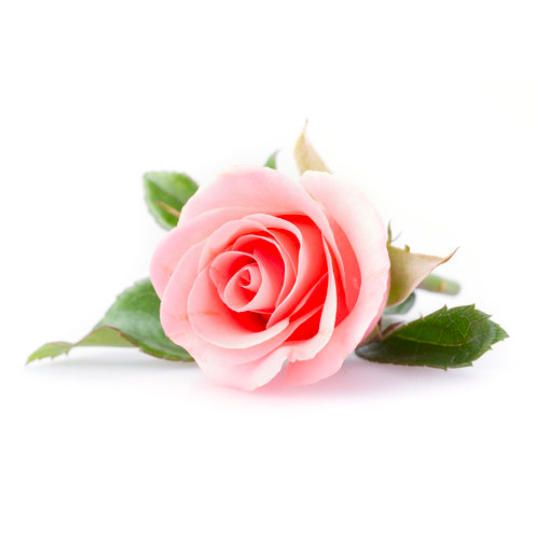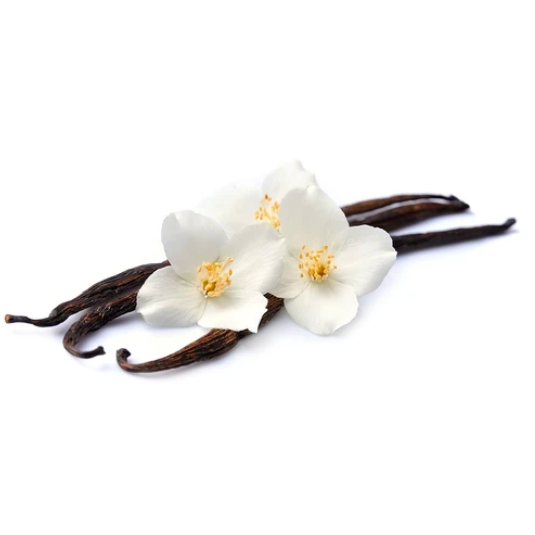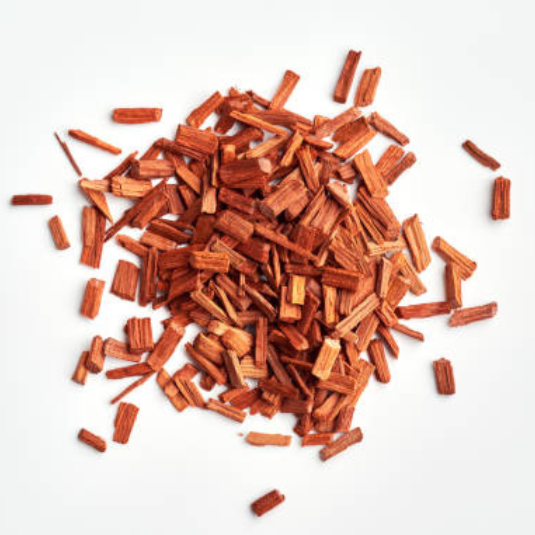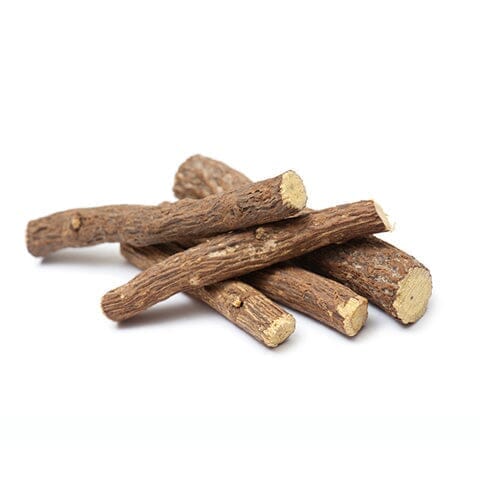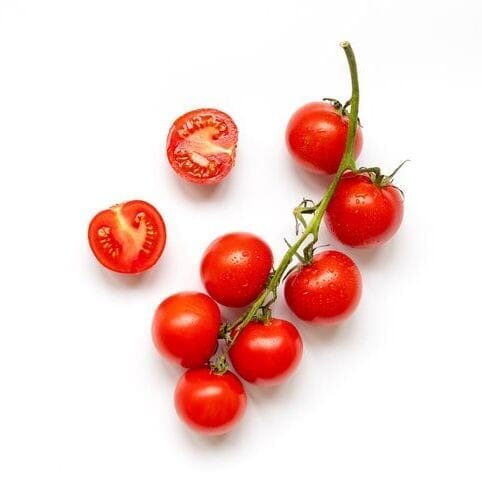What does the word vetiver mean?
The name "vetiver" refers to a tropical plant of the Poaceae family, scientifically known as Chrysopogon zizanioides, which is used in particular as a raw material in perfumery. The etymology of the term "vetiver" comes from the Tamil "vetiveru," which means "braided root." This name refers to the deep, thin, and intertwined roots of the plant, which are the part used to extract vetiver essential oil. Vetiver is cultivated in various tropical regions of the world, including Haiti, Java, Réunion, and India.
In the beginning…
The history of vetiver goes back thousands of years and has spanned cultures around the world. The earliest references to vetiver date back to the ancient Indian Indus Valley civilization, where the plant's roots were used for their medicinal and aromatic properties.
Over the centuries, vetiver spread to other parts of Asia, including Indonesia, Madagascar, and Haiti. It was cultivated for its roots, which are rich in essential oil, which has a unique fragrance that makes it highly valued commercially.
Vetiver cultivation
The main vetiver producing countries include Haiti, India, Indonesia, China, Brazil, Réunion, Madagascar, Comoros, and Fiji. Haiti is known for producing a high-quality variety of vetiver. India is also a major producer of vetiver, particularly the Tamil Nadu and Kerala regions. Madagascar is also renowned for its vetiver. These regions are favored due to their climatic conditions conducive to vetiver growth.
The vetiver planting process involves preparing the soil followed by planting cuttings. Vetiver cuttings, taken from mature plants, are inserted vertically into the soil to a depth of about 15 centimeters, with a spacing of 30 to 45 centimeters between them. After planting, the cuttings are watered generously to facilitate rooting. Regular maintenance, including watering and weeding, is required for the first few months. Over time, vetiver develops a dense and extensive root system, helping to prevent soil erosion. After about 18 months to two years, the vetiver reaches full maturity; the roots are carefully dug up using appropriate tools. The planting cycle can then be repeated with new cuttings.
Harvesting vetiver requires meticulous attention to preserve the quality of the roots and ensure a high-quality essential oil.
What did you know about vetiver in perfumery?
The processing and transformation of vetiver into perfumery involves several essential steps. First, the harvested roots are washed, dried, and cut into small pieces to facilitate the extraction process. Next, the root pieces are subjected to steam distillation. This process extracts vetiver essential oil, which is the component used in perfumery. The essential oil is then filtered and purified to remove impurities. The yield of this extraction is low: 0.5 to 1%! Therefore, 1000 kg of vetiver roots are needed to obtain between 5 and 10 kg of essential oil.
Vetiver has a unique and recognizable scent profile . Its fragrance is often described as earthy, woody, and smoky with hints of nuts such as hazelnut and peanut. Vetiver can also have leathery, green, and grapefruit notes in some qualities. It is used as a base note in some perfume compositions to provide longevity and a woody trail.
Initially more common in men's perfumes, it is now present in certain feminine compositions and widely used in unisex compositions.
Despite its antiquity, its use is frequent and often associated with other woods and notes to complexify its note. It has given its name to a line of perfumes called “Vétiver”. For example, Vétiver by Guerlain was created in 1959 and puts vetiver in the spotlight with notes of tobacco and zesty and spicy facets.
As a base note, it often blends with woody accords such as sandalwood and cedar, adding warmth and depth to the composition. It can also be combined with spicy accords, such as cardamom, pepper, or other spices, to create a contrast between the freshness of the spices and the earthy, smoky facets of vetiver. In fresher compositions, vetiver can be paired with citrus accords such as lemon, grapefruit, or bergamot, creating a balance between the sparkling freshness of citrus and the woody dryness of vetiver. Its versatility allows perfumers to incorporate it into a multitude of olfactory accords, bringing complexity and personality to fragrances.
The legendary vetiver perfumes...
Today, many famous perfumes contain patchouli among their ingredients. Among them are:
• Guerlain Vétiver Eau de Parfum is an iconic fragrance from the house of Guerlain. It features a classic and elegant interpretation of vetiver, with woody, earthy, and fresh notes, creating a timeless composition.
• Tom Ford 's Grey Vetiver fragrance is a modern interpretation of vetiver. It combines the freshness of citrus with the woody, smoky notes of vetiver,
• One of the first feminine woody vetiver fragrances, Cartier 's Baiser du Dragon offers an eau de parfum that perfectly combines the woody notes of vetiver with a more feminine heart of rose and iris.
• Burberry The Beat Eau de Parfum for Women is a fragrance for women launched in 2008. It offers floral and fruity heart notes combining a woody base of vetiver, creating a modern and complex fragrance.
• Terre d'Hermès, which comes in different versions (eau de toilette, eau de parfum, eau givrée, etc.), is a fragrance that has become iconic. Created in 2006 by Jean-Claude Ellena, it features vetiver with fresh, fruity notes, grapefruit, and black pepper. The spicy and woody harmony creates an intense, signature scent.
A component of eau de toilette, eau de parfum, cologne, room fragrances… vetiver is an essential ingredient in perfumery. It is also featured in niche perfumes as a solinote or in harmony with all types of different notes. Examples include Vétiver Extraordinaire eau de parfum from Frédéric Malle , Vetiver Oriental eau de parfum from Serge Lutens , Sycomore by Chanel in the Les Exclusifs collection or Vetiver 46 from Le Labo …
Bon Parfumeur vetiver perfumes
At Bon Parfumeur, discover our revisited version of Cologne with Eau de Parfum 003. A green and vibrant opening given by violet leaf, yuzu and orange blossom. The top notes are directly contrasted by vetiver which roots the fragrance. Elemi gives the heart a peppery and resinous aspect that the white flower lightens.
In another register, the 601 eau de parfum puts vetiver at the forefront and offers an elegant and timeless trail. A dazzling top note with peppery pink berry and tangy bergamot. In the heart, cypriol gradually plunges the fragrance into the earthiness of vetiver and cedarwood, which gains in smoothness with violet leaf and sandalwood.





